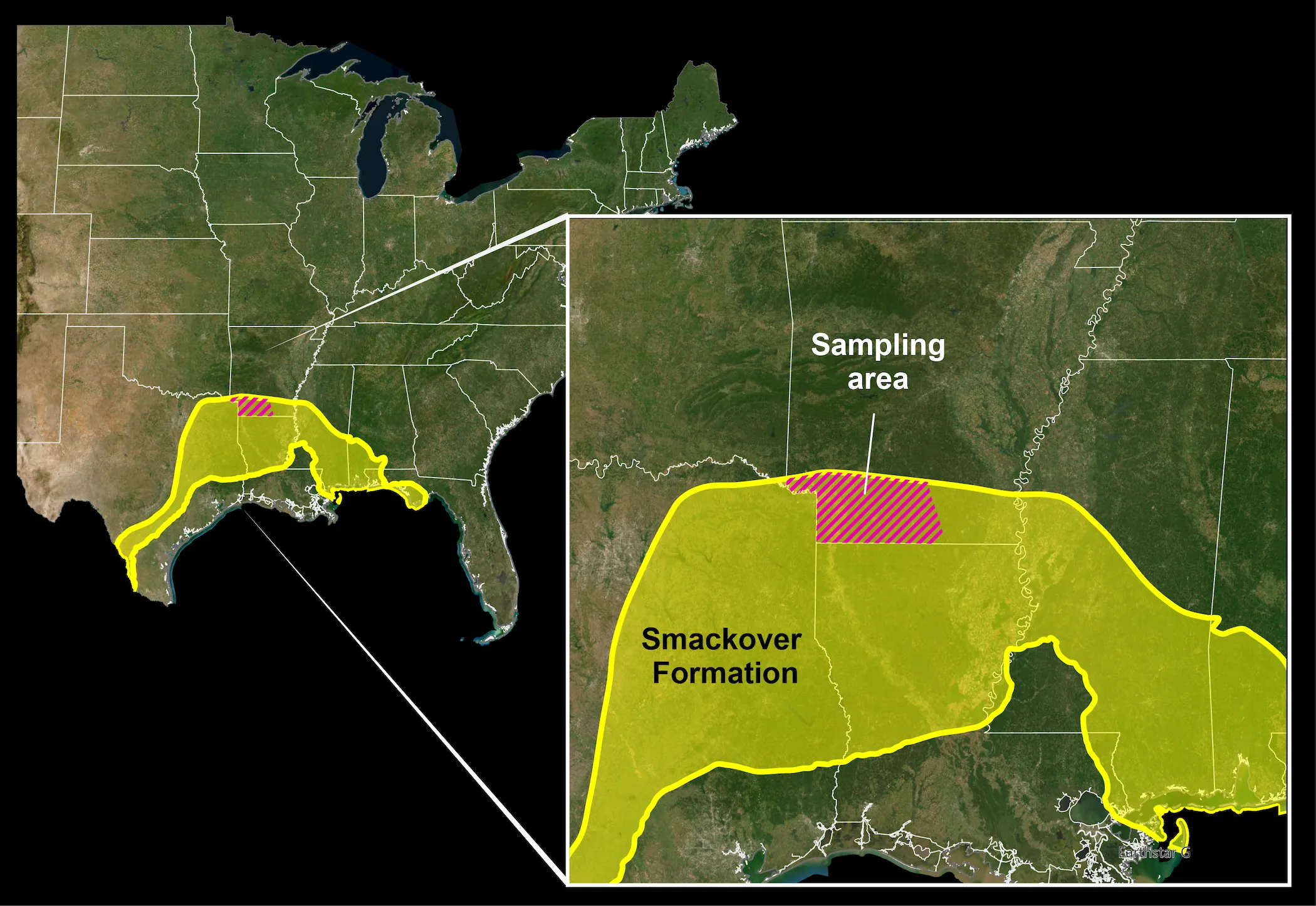Machine Learning and Lithium Reserves: A Deep Dive into Smackover Formation

Machine Learning Transforming Resource Exploration
Machine learning plays a pivotal role in identifying valuable resources like lithium. In southwestern Arkansas, a groundbreaking study by the U.S. Geological Survey utilized advanced water testing combined with innovative machine learning techniques to unveil the immense potential of lithium deposits.
The Findings: A Significant Reserve
The analysis revealed an estimated 5 to 19 million tons of lithium reserves in the Smackover Formation, marking an exciting development for sustainable energy solutions. This methodology not only enhances the reliability of resource estimates but also paves the way for more efficient extraction methods.
The Importance of AI in Resource Management
- AI technology streamlines data analysis.
- Enhances accuracy in identifying potential sites.
- Supports environmental sustainability efforts.
As industries shift towards renewable energy, the insights derived from such studies highlight the critical intersection of machine learning and resource management.
This article was prepared using information from open sources in accordance with the principles of Ethical Policy. The editorial team is not responsible for absolute accuracy, as it relies on data from the sources referenced.